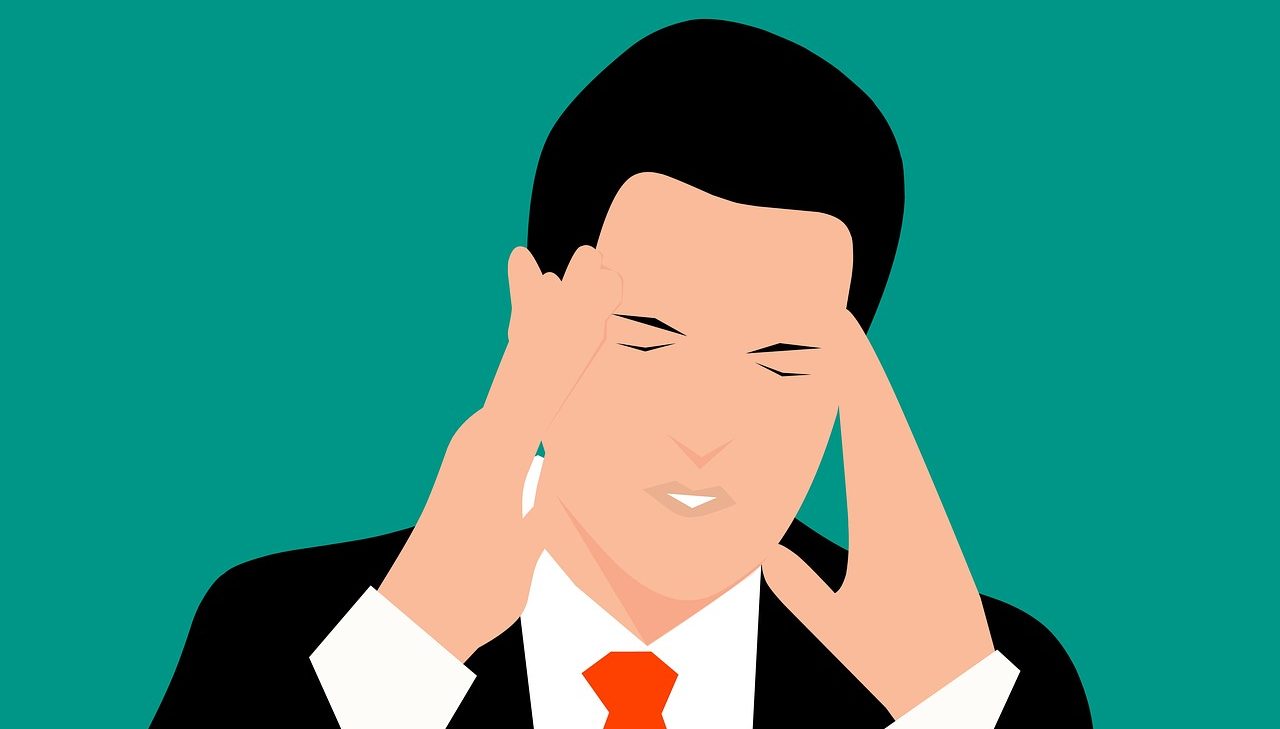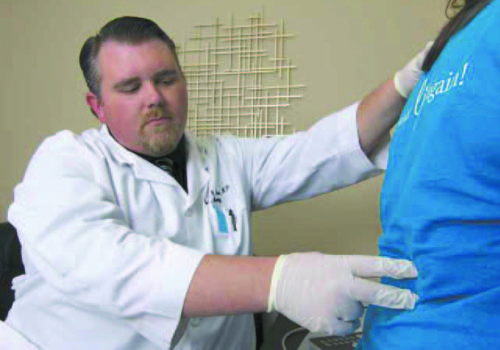Living with migraines – who does it affect? Of course, the person who suffers with migraines lives with it. But what about the family and friends of the sufferer?
In a much different way, they live with migraines, too
I am a man of Faith, and believe God sets us down certain paths for a purpose. Long before I decided to enter the medical field, I married my amazing wife. She has suffered from migraines since adolescence.
This was nothing new to me. My two older siblings and I all have migraines as well. I have known and dealt with migraines for as long as I can remember.
I have been “migraine sick” which is what I call it when the migraine attack progresses beyond head pain and involves other parts of the body (nausea, vomiting, sensitivity to light and sound). I have seen my brother and sister “migraine sick”.
Getting migraines were just a part of life, so I thought.
As I grew up, I realized not everyone gets migraines. A lot of people don’t even get headaches have a hard time understanding the suffering of people that do.
As a headache expert, I see all kinds of misinformation posted on social media. This misinformation finds its way into my office by way of patients every day.
Headaches are not always migraines. Migraine is a type of headache. There are many types of headaches. The severity of a headache does not determine if it is a migraine or not. One of the most common misconceptions about migraines is that it involves only head pain.
In fact, a recent survey by Migraine in America, 2 percent of migraine sufferers reported no head pain during their attacks.
Other symptoms that commonly accompany migraine attacks include: decrease in appetite: light, sound, and smell sensitivities, difficulty concentrating, dizziness and fatigue. There are even different types of migraines.
Migraines can be put into two categories: Chronic and episodic.
Chronic migraine is defined as 15 or more headache days in a month. Episodic is defined as less than 15 days in a month. The treatment approach is different for each. A chronic migraine is much more challenging to manage.
Earlier, I said I have lived with migraine in one way or another for quite some time. IT wasn’t until living with my wife who suffers with chronic migraine that I gained new insights into this debilitating disease. As a husband, seeing your wife curled into fetal position, rocking back and forth, and sobbing because the pain is so intense, is heart breaking to put it mildly.
However, as a husband and a migraine expert that treats migraine patients every day for a living, it is humbling and devastating.
As a Christian, I know God does not waste suffering. Through my wife’s suffering, I have been inspired to study and learn the newest techniques for the treatment of migraines.
I opened The Migraines and Spine Clinic of Valdosta, an urgent-care walk-in clinic that treats active migraine attacks, because I’ve experienced first-hand what going to the ER with a migraine it like. I decided I would not just treat and educate my patients with migraine, but their spouses and family too.
Migraine sufferers are some of the toughest people on the planet that endure a level of suffering most cannot imagine. Sometimes you can’t “just push through it,” “just take an aspirin.,” “just take a nap for a few minutes,” or “just do what my friend’s sister did that cured hers.”
Most importantly, I’ve learned migraine sufferers do not need an extra dose of guilt. Saying things like “you have a headache again?” is not helpful. Most migraine sufferers just want what the rest of us take for granted – to be a regular mom/dad, wife/husband, and productive/dependable worker without the damning influence of migraine symptoms.
Living with a migraine doesn’t have to feel hopeless; seek help.
Source: Valdosta Scene Magazine



